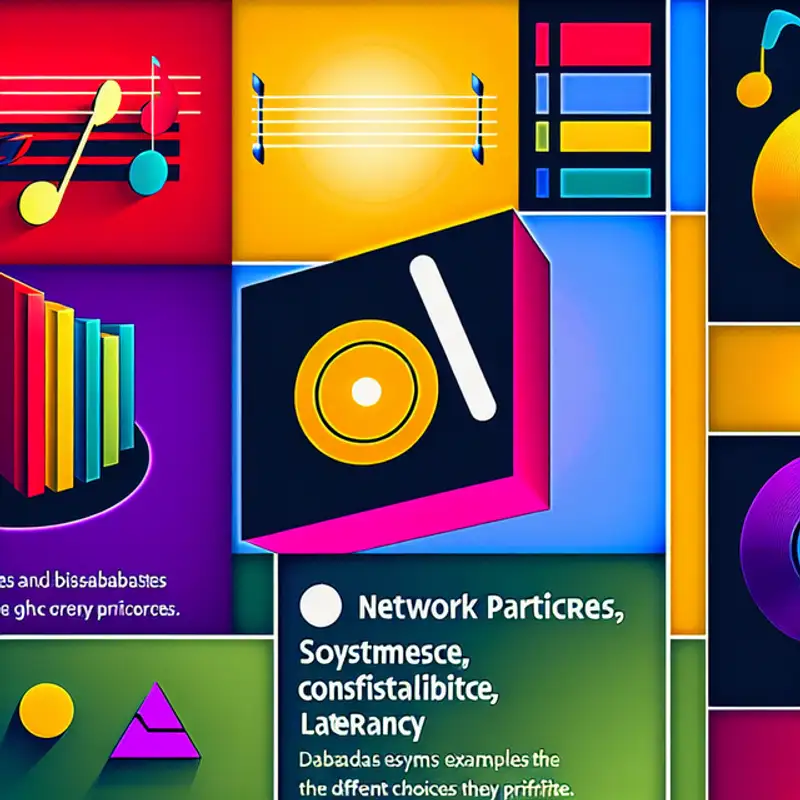 Episode
Episode
· 02:39
Distributed systems are the backbone of modern computing, but designing them requires balancing trade-offs between availability, consistency, and latency. While the CAP theorem is well-known for addressing trade-offs during network partitions, it doesn't account for system behavior under normal conditions. Enter the PACELC theorem, introduced by Daniel J. Abadi, which extends CAP by adding a crucial consideration: even when there's no partition, systems must still choose between consistency and latency. This article explores how PACELC provides a more complete framework for evaluating distributed databases like MongoDB, DynamoDB, and Google Spanner. In short: if you work with distributed systems, understanding PACELC is a must!
CAP Theorem Recap: CAP states that during a partition (P), systems must sacrifice either Consistency (C) or Availability (A). However, it doesn't address system performance when no partition occurs.
What PACELC Adds: PACELC extends CAP by introducing the trade-off between Latency (L) and Consistency (C) in normal conditions ("Else mode"). This means:
Why This Matters: Many real-world applications prioritize speed (latency) but tolerate eventual consistency, like social media feeds. Others, like financial transactions, require strong consistency even at the cost of speed.
Database Examples:
Key Takeaway: As distributed systems grow in complexity, PACELC provides a more accurate framework for evaluating trade-offs beyond just failures—helping engineers optimize systems for specific workloads.
Whether you're building a financial database, a real-time gaming platform, or a cloud storage system, PACELC gives you the tools to make smarter design choices! 🚀
Link to Article
Listen to jawbreaker.io using one of many popular podcasting apps or directories.